What Is a Pillar Page?
Pillar pages, or pillar posts, are pieces of content that serve as the cornerstone of a topic cluster. They provide a comprehensive overview of a broad topic and link to related content pieces.
For example, say you want to create a topic cluster on SEO.
Your pillar page could be a complete article covering SEO basics. Among other topics, you’d mention technical SEO, link building, and local SEO.
From your pillar page, you would add links to cluster pages. These would dive deeper into the topics mentioned on your pillar page.
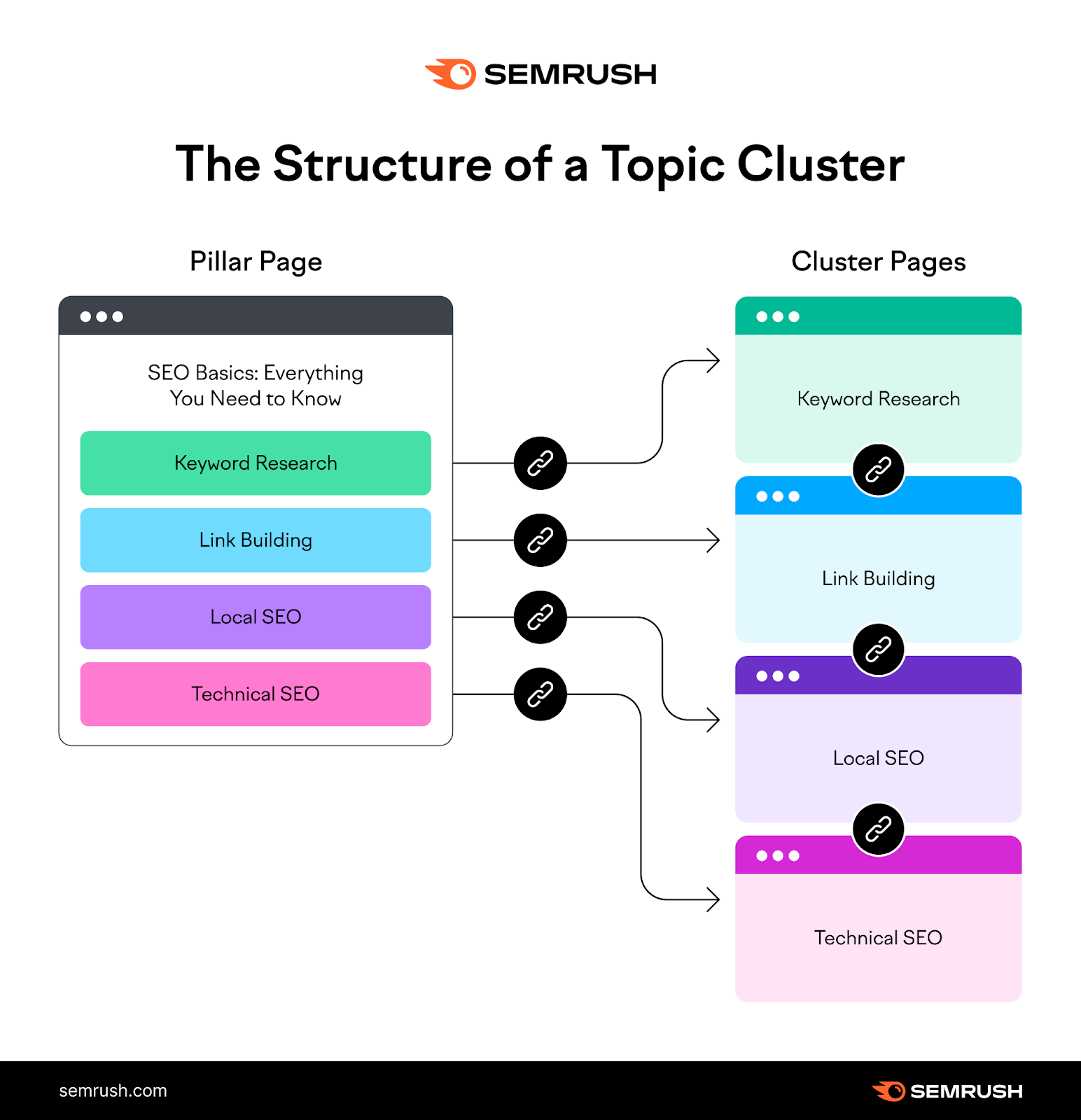
Your pillar page acts as a content hub. And guides users to more specific content pieces.
How Pillar Pages Can Help Your SEO
Pillar pages benefit your SEO rankings by:
- Building topical authority: Clusters cover all aspects of a particular topic, which helps improve your site’s authority for that topic
- Simplifying navigation for users and search engines: Well-structured content improves user experience and helps Google understand your site’s purpose
- Avoiding keyword cannibalization: With topic clusters, it’s easier to organize your content and avoid keyword cannibalization issues
- Improving your site’s interlinking: Using pillar pages and topic clusters makes it easier to define an effective internal linking strategy
- Generating backlinks: Pillar pages are useful resources that tend to attract more backlinks than regular blog posts
How to Create a Pillar Page
To create a pillar page (sometimes referred to as content pillar), follow these steps:
1. Structure Your Cluster
To structure your topic cluster, first choose a topic.
Then, select specific topics for your pillar and cluster pages (and one primary keyword per page).
The structure of your topic cluster could look like this:
- Cluster topic: Plant-based diets
- Pillar page: “Plant-Based Diets: A Complete Guide”
- Primary keyword: “plant-based diet”
- Cluster pages:
- “10 Easy Plant-Based Recipes”
- Primary keyword: “easy plant-based recipes”
- “The Best Supplements for a Vegan Diet: Our Selection”
- Primary Keyword: “supplements for vegan diet”
- “Plant-Based Diets for Diabetes: Everything You Should Know”
- Primary keyword: “plant-based diet diabetes”
- “10 Easy Plant-Based Recipes”
Generally, pillar pages target higher-volume keywords.
On the other hand, cluster pages usually target long-tail keywords with lower search volume.
How to Choose a Topic for Your Cluster
You need to find a topic that is:
- Relevant to your business and target audience
- Broad enough to create several pieces of content around it
For example, let’s say you sell nutritional supplements.
A topic cluster about plant-based diets could be a great choice.
It’s relevant to your potential customers and pertinent to your business. Because you can use the topic cluster to talk about your products.
It’s also broad enough. You could create dozens of supporting pieces.
Tip: These topics should be easy to find if you have a well-defined content strategy and detailed buyer personas.
How to Choose Topics and Keywords for Pillar and Cluster Pages
Now, you need to come up with topics and keywords for each content piece.
With Semrush’s Topic Research tool, you can get topic ideas and find the right keywords with strong search volume.
Enter your cluster topic and click “Get content ideas.”
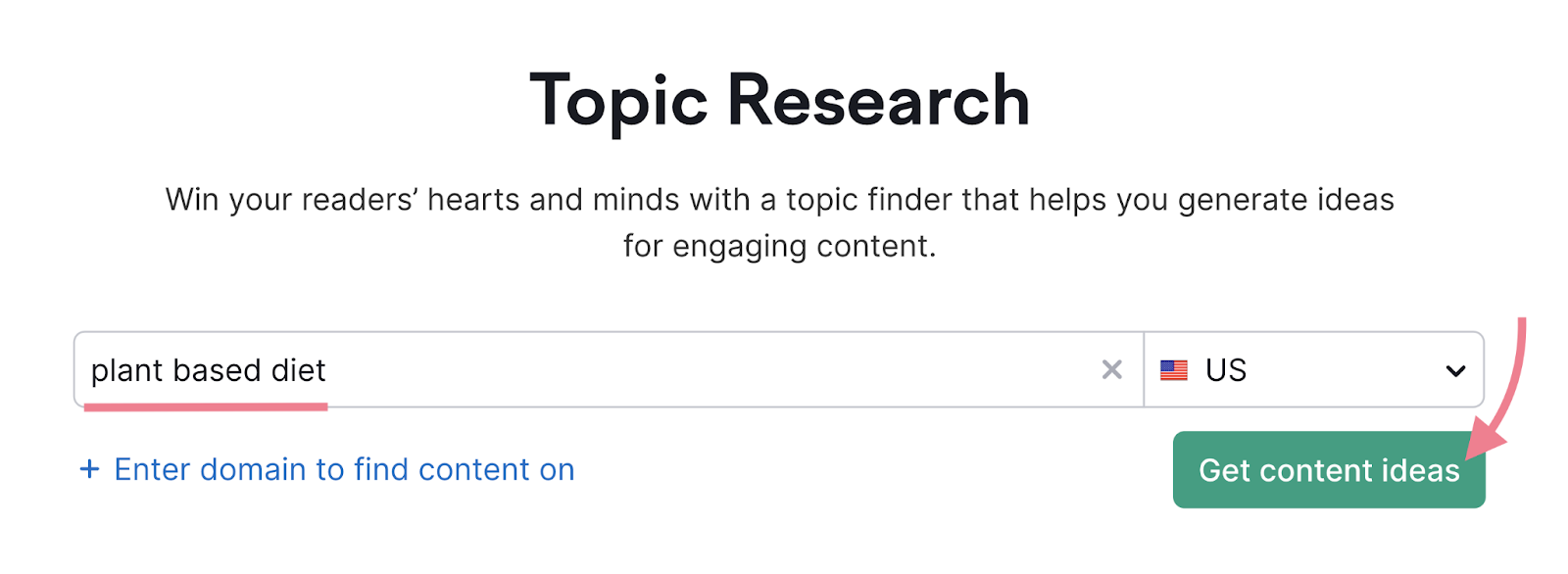
The tool will provide a list of related topics.
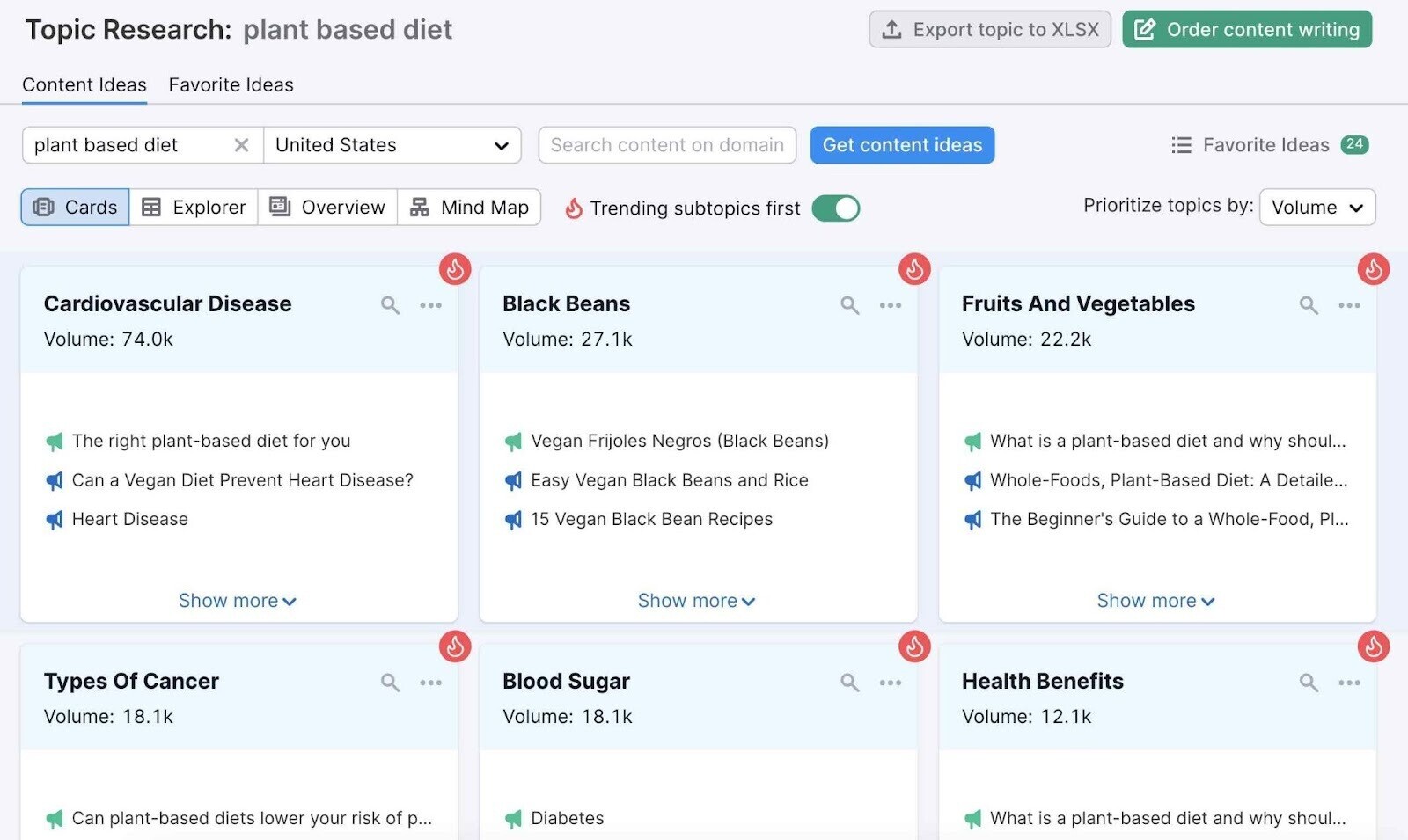
In each card, you’ll see the search volume for a specific keyword. And published article headlines or related questions users type into search engines.
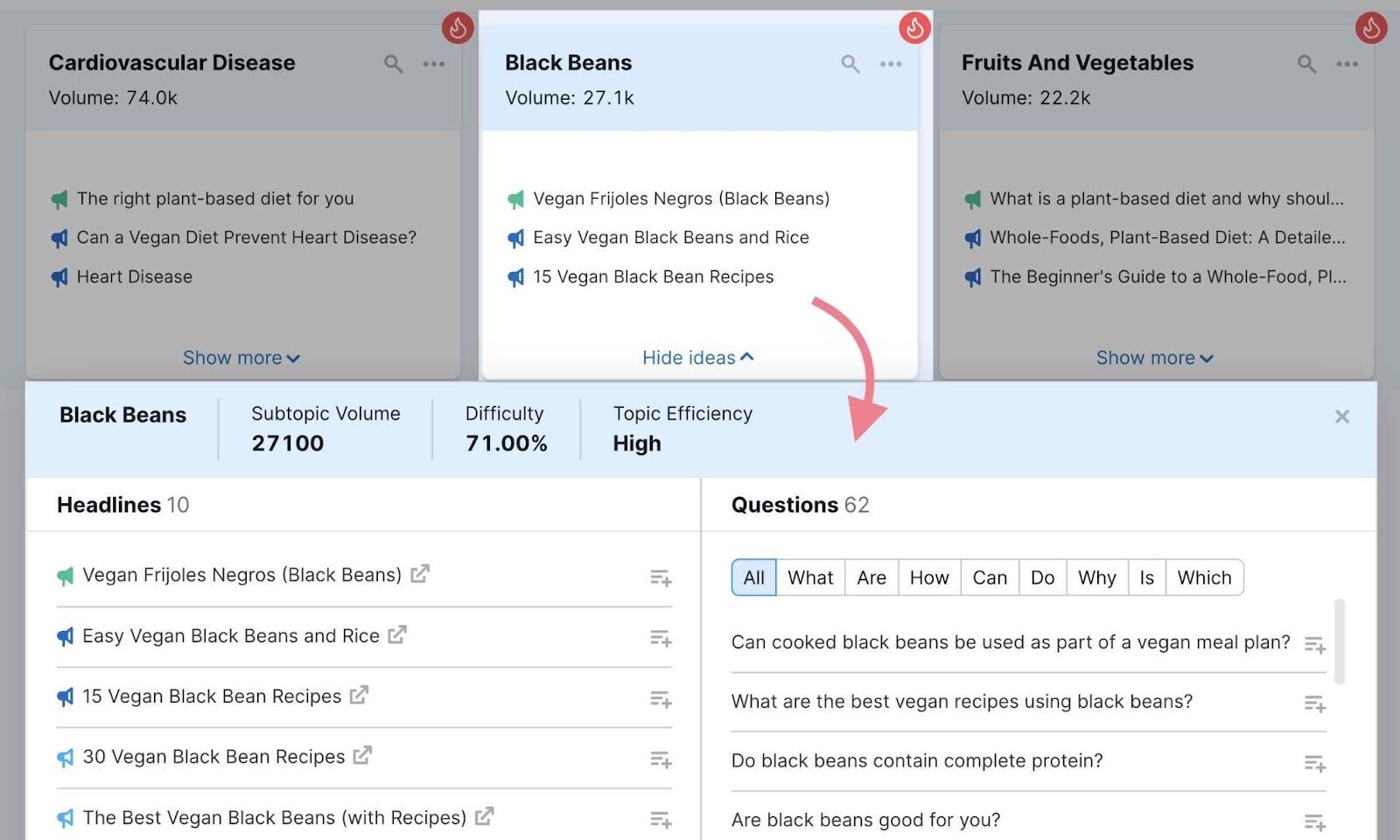
Note: The Topic Research tool pulls headlines from existing articles, so don’t copy them. These should serve as inspiration to find great topics.
You can also use the Keyword Magic Tool.
Enter your cluster topic and click “Search.”

The tool will show a list of keywords grouped by topic. Click on a topic group to see a list of recommended keywords.
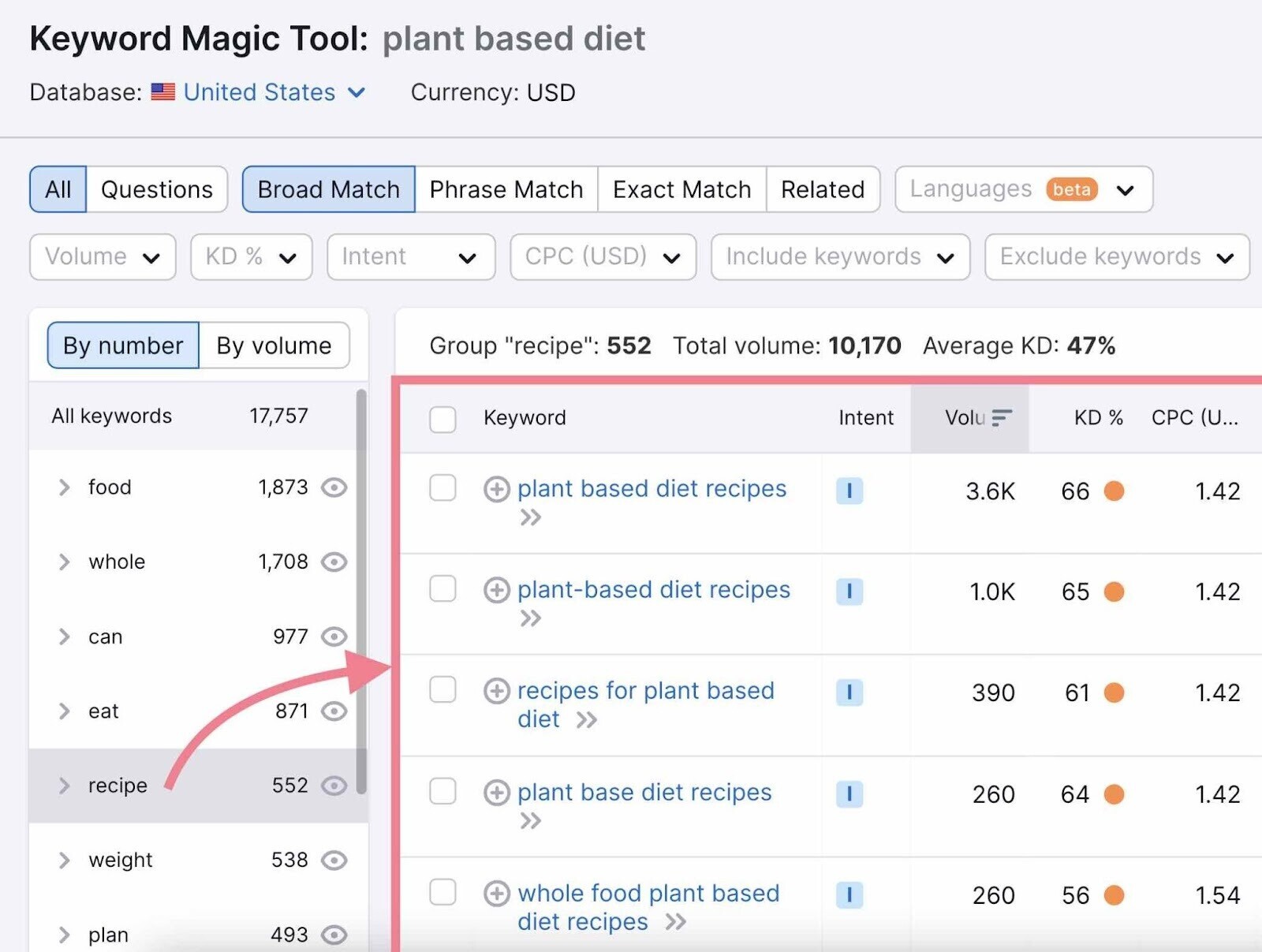
These can be an excellent source of ideas for your pillar post and cluster pages.
To find more information about a keyword, use the Keyword Overview tool.
Enter up to 100 keywords (with a paid subscription), and click “Search.”
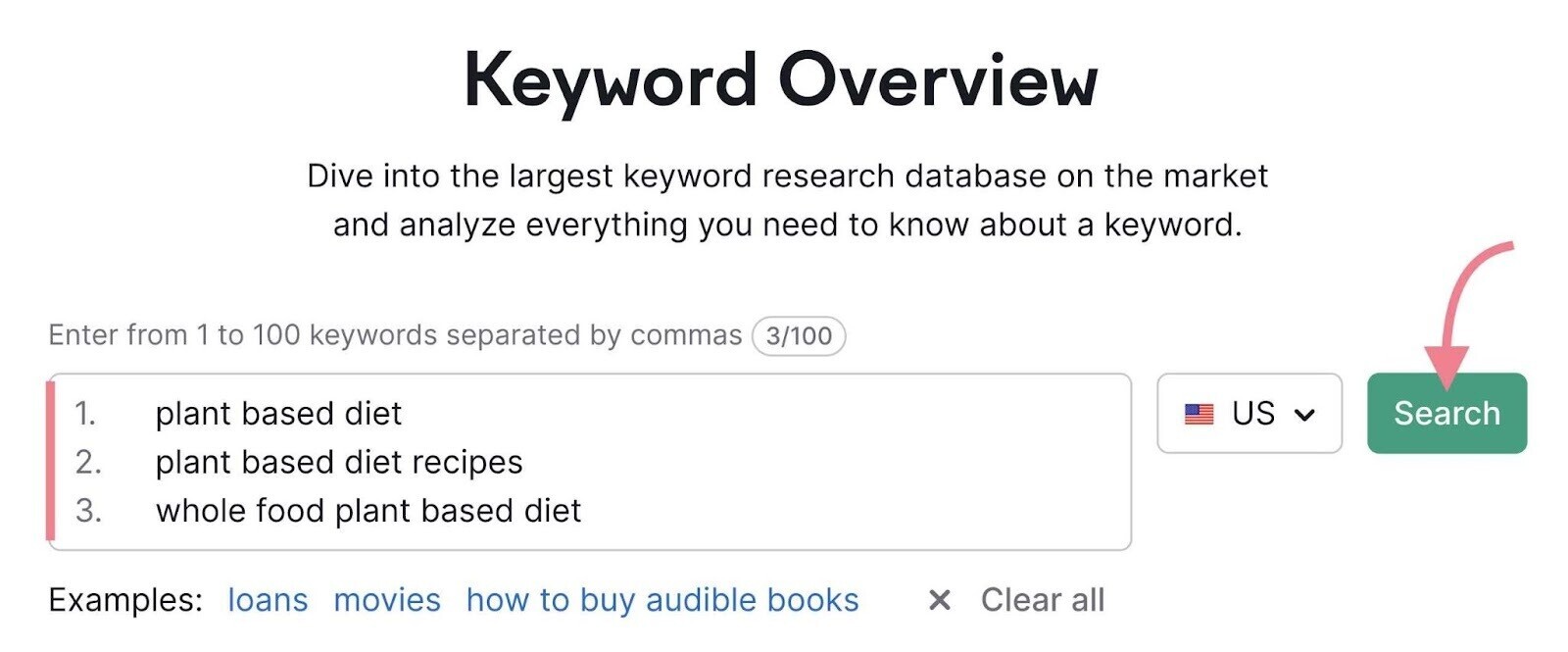
You’ll see search intent, search volume, and more relevant information about each keyword.
Learn more about how to conduct keyword research.
2. Create Your Content
Pillar posts are intended to holistically cover a topic and include internal links to cluster pages. Other than that, there isn’t a fixed set of rules to follow.
However, most great pillar pages share the following traits:
- They’re search engine-optimized: Optimize your pillar page just as any other page. Check out this SEO writing guide to learn how.
- They’re evergreen: Evergreen content stays “fresh” for longer. You don’t need to update it every month.
- They’re easy to read: Pillar pages are content-heavy because they cover many aspects of a topic. Simplify navigation and amplify user experience using elements like a table of contents, images, and bulleted lists.
- They incorporate different types of content: Most pillar posts are text-based. But you can also include other formats, such as videos or infographics.
- They include useful links: Pillar pages act as content hubs and often include many internal links. Only include relevant links with optimized anchor text.
- They use relevant CTAs: Use compelling calls to action (CTAs) to encourage users to take actions, such as creating an account or downloading an ebook.
Diver deeper in the content creation process to learn how to create the best topic cluster.
3. Upload It to Your Site and Add Internal Links
You don’t have to create a custom design or make your pillar page look different from other pages on your site. Upload it like any other piece of content on your site.
If you haven’t done so already, add internal links.
If your cluster pages aren’t published and ready for internal links, publish your pillar post without them.
As you publish new cluster pages, edit your pillar post and add the recently created URLs.
This process is essential to building a logical website architecture.
Types of Pillar Pages (+ Examples)
Not all pillar posts are created for the same purpose. Below, we explore different types of pillar posts. And pillar page examples to inspire you.
Remember that the divisions between these categories are not absolute. Some pillar pages might have elements of each type.
1. The Guide Pillar Page
A guide pillar page is a comprehensive overview of a topic. It can be a 101 guide for beginners or ultimate guide for advanced users, for example.
The following are good examples of guide pillar pages:
“The ultimate guide to digital meetings,” by Slack

Slack’s ultimate guide to digital meetings is an in-depth guide covering all the basics of remote meetings, with relevant, actionable tips.
It uses internal links to guide readers to cluster pages with more tips. And specific benefits of using Slack.
Using Semrush’s Organic Research tool, we can see this Slack guide ranks for relevant keywords:
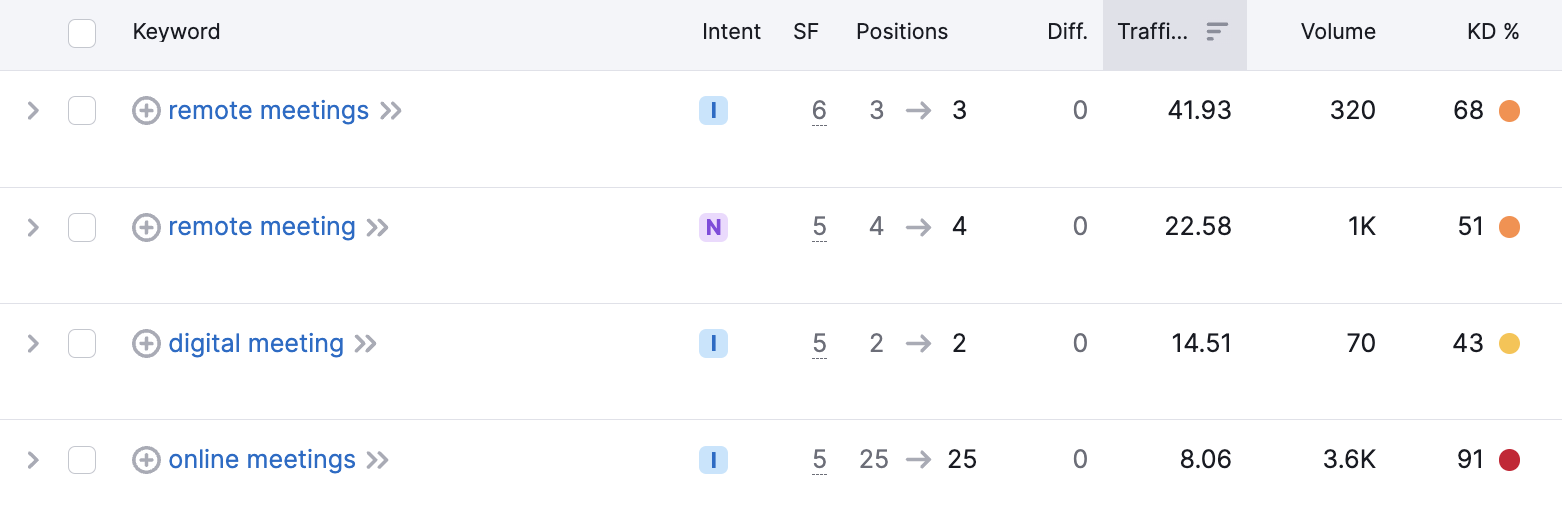
“Customer Success: nearly everything you need to know,” by Typeform
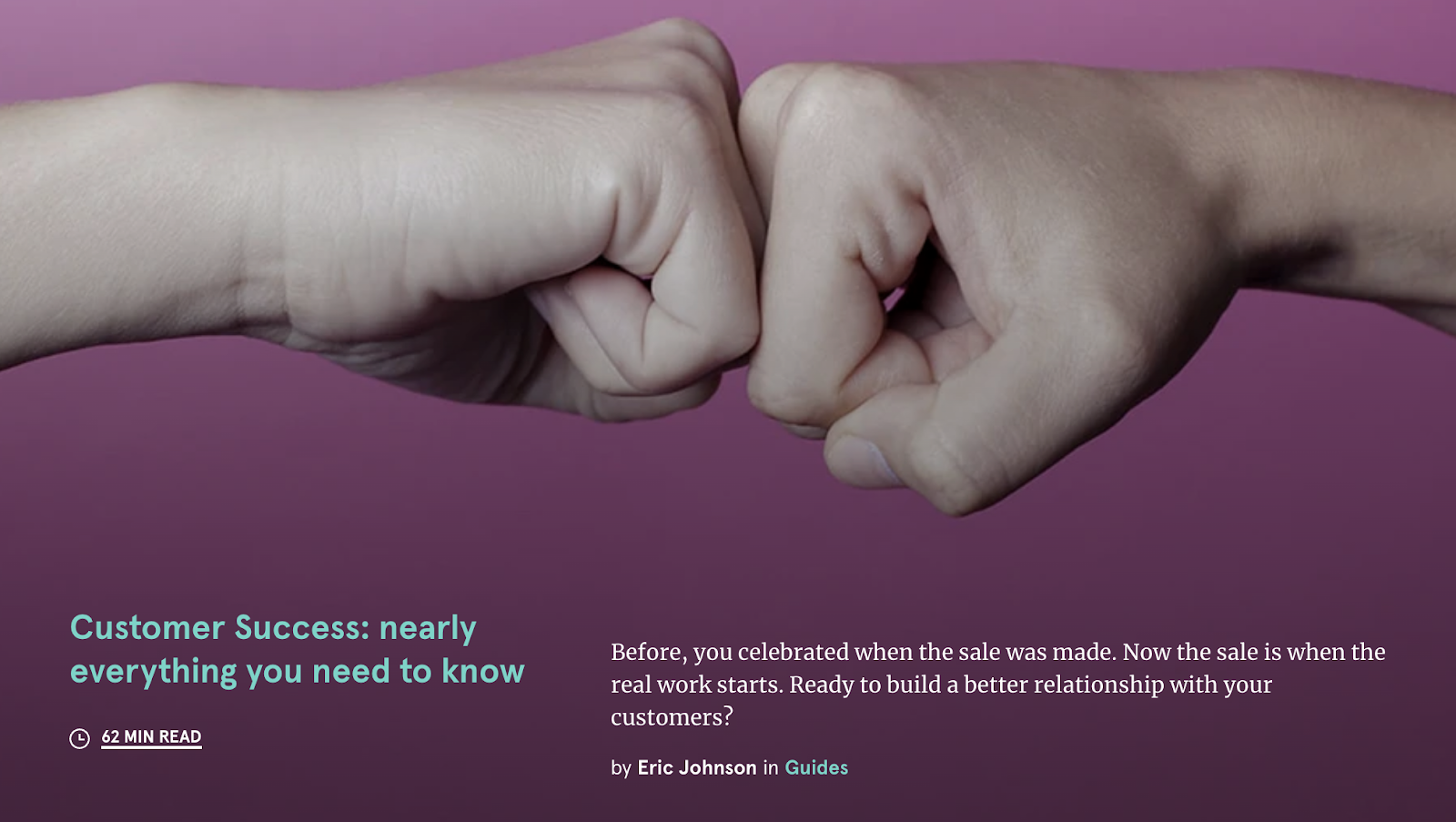
Typeform is an online form and survey creation tool. It created a series of well-designed pillar pages that cover topics relevant to its business. One good example is this guide to customer success.
Its products are closely related to customer success. So, it makes sense to create a guide about this topic.
Among other things, it uses this guide to share templates potential customers could use:
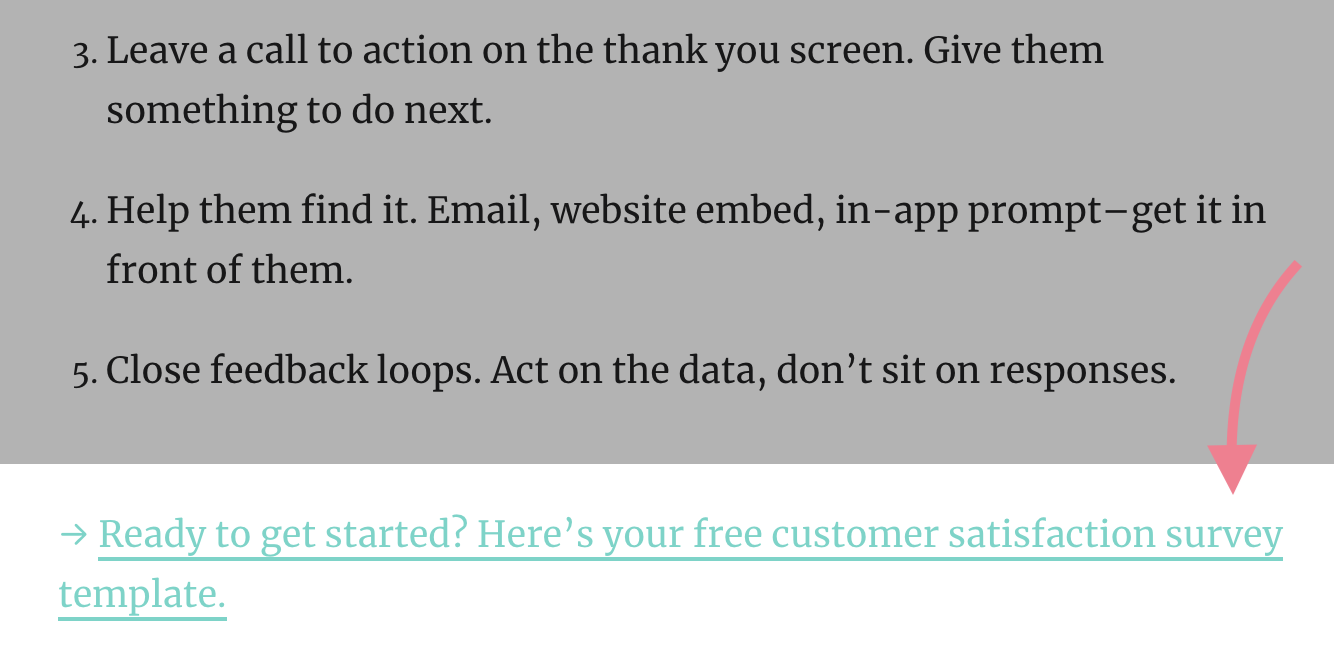
2. The What-Is Pillar Page
Users typically search for “What is + [topic]” when looking for more information. A what-is pillar page responds to those search queries.
Note: In many ways, a what-is pillar page is similar to a guide. Feel free to merge or tweak both types to craft your ideal content piece.
Below are two examples of solid what-is pillar pages:
“What is Wine? A Beautiful Explanation,“ by Wine Folly
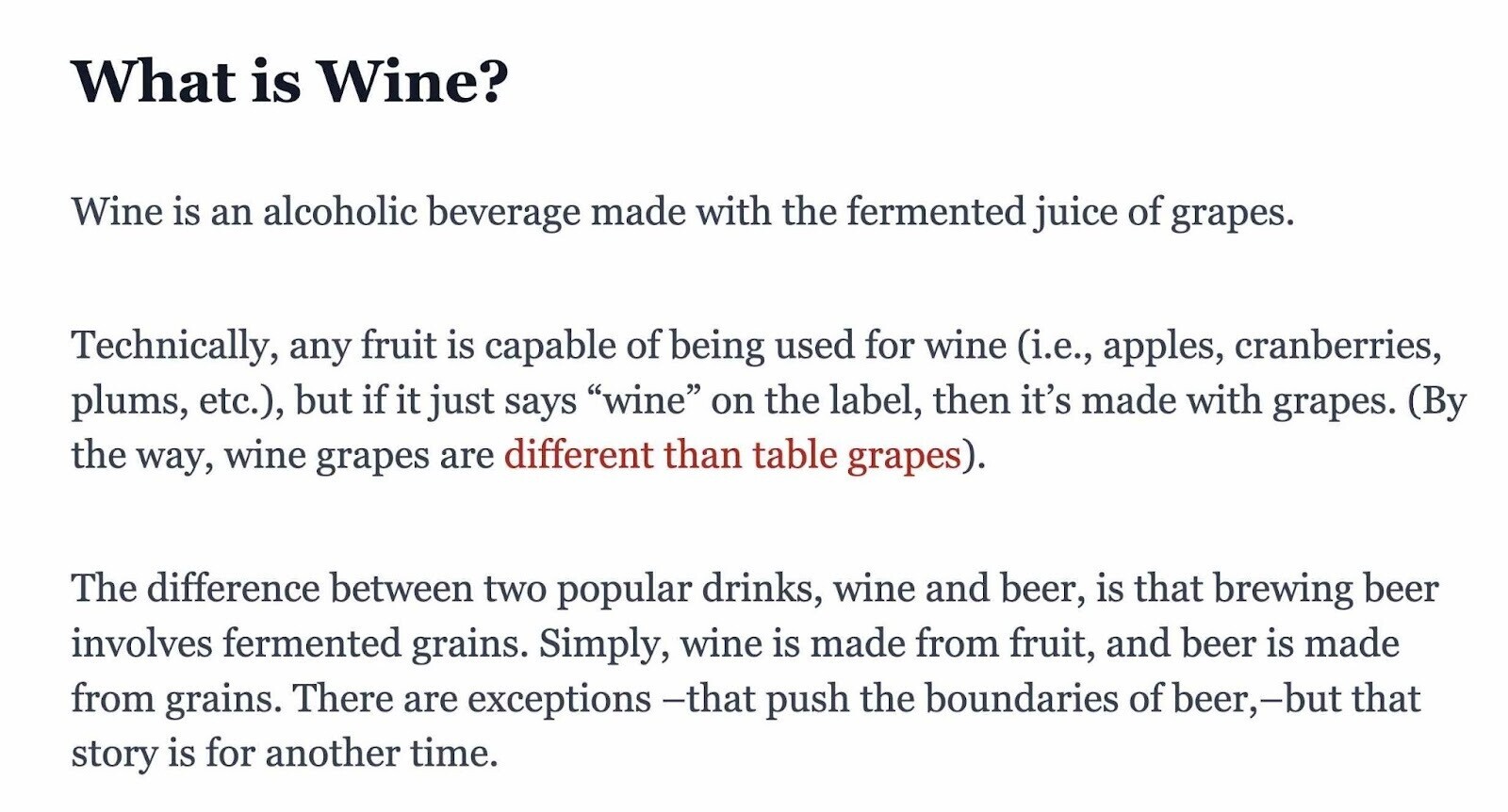
This pillar post explains what wine is. And offers a deep dive, covering wine’s varieties, story, and more.
It also includes links to relevant content pieces, such as this related questions section:
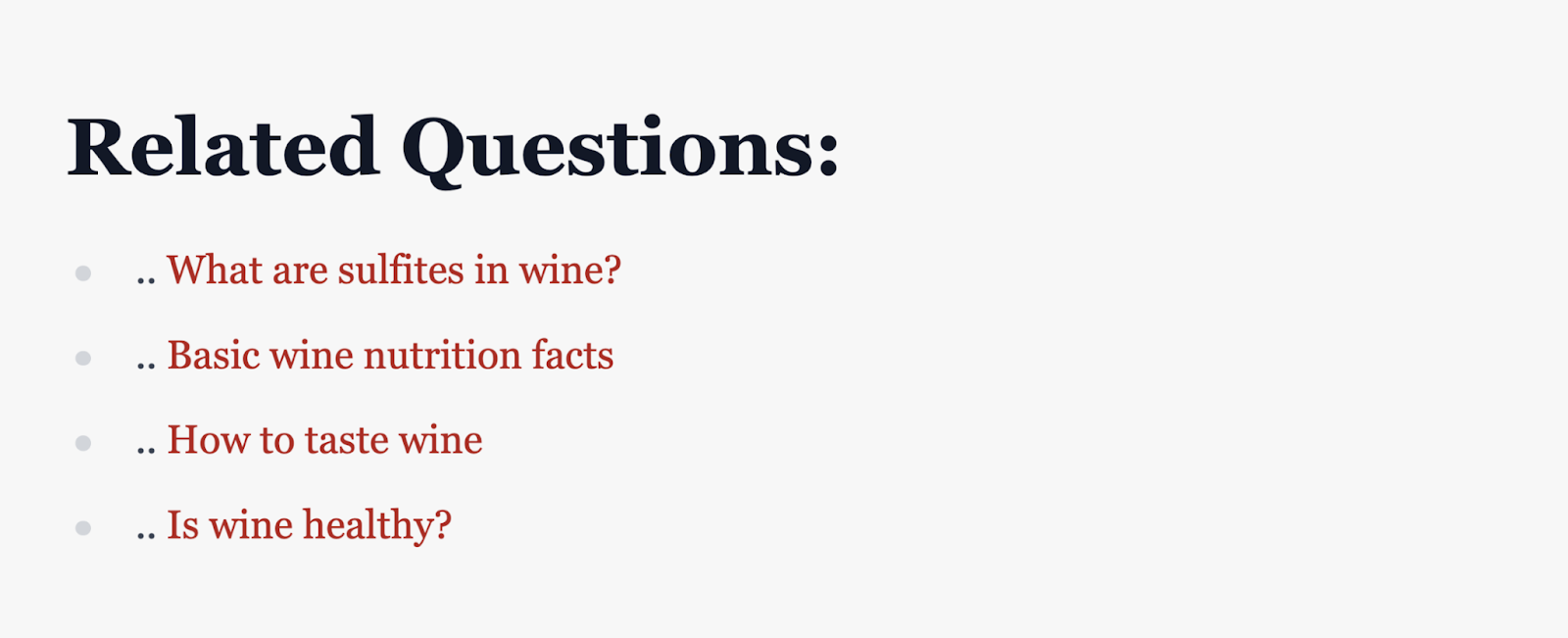
“What is graphic design? with examples for beginners,” by Webflow

This pillar page by Webflow, a code-free website building platform, dives into graphic design.
It has a clear structure, high-quality images, relevant links, and CTAs.
This pillar page currently ranks for high-volume keywords, such as “what is graphic design” and “graphic design examples.”
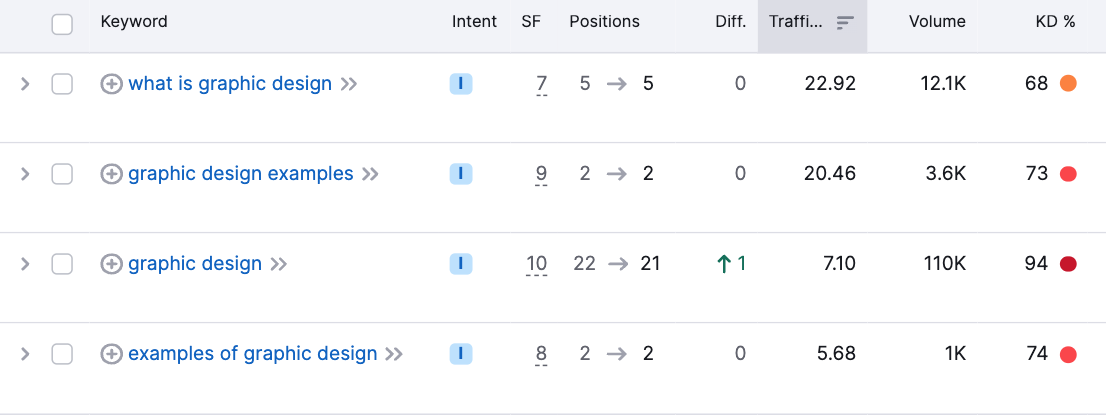
3. The How-To Pillar Page
How-to pillar pages help your readers solve problems, often with step-by-step tutorials.
Some examples of how-to pillar pages include the following:
“How to Shoot Film Photography — A Guide from Start to Finish,” by StudioBinder
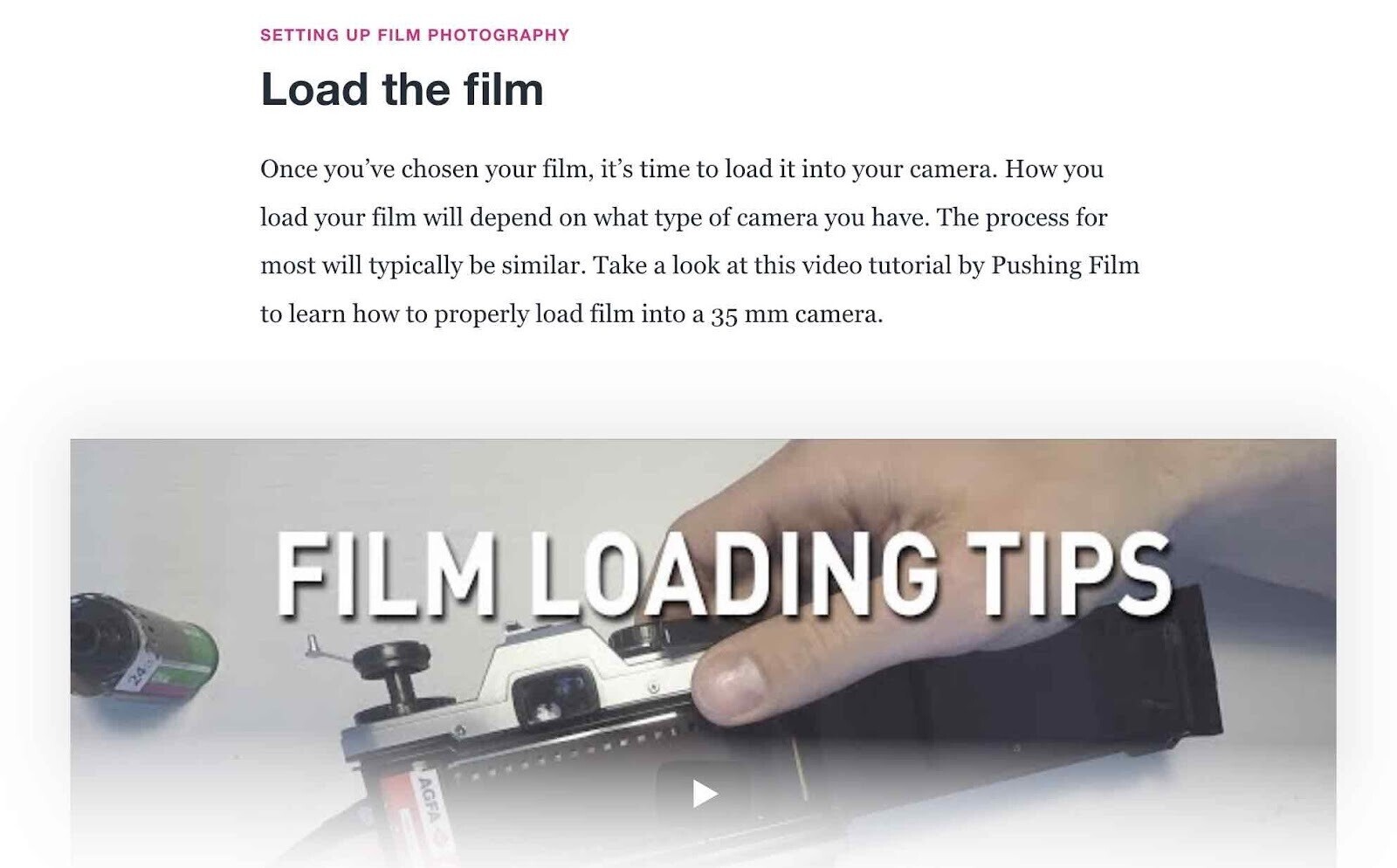
This guide by StudioBinder, a multimedia production management software site, explains how to start shooting film. It covers all the basic steps, from getting your own analog camera to developing film rolls. It also links to relevant topics.

In this example, combining text with video gives a visual explanation of the most technical steps, such as setting up your camera or developing film.
“How to Start a Successful YouTube Channel for Your Business,” by Wix

Wix created this in-depth how-to guide explaining how to create a YouTube channel.
The pillar page is divided into 12 chapters. It explains each step, from creating an account to measuring the results.
To help the reader, the pillar post uses text, video, images, and infographics.
It’s a compelling piece of content that guides users to other YouTube-related content pieces. Such as these articles on analytics or features.
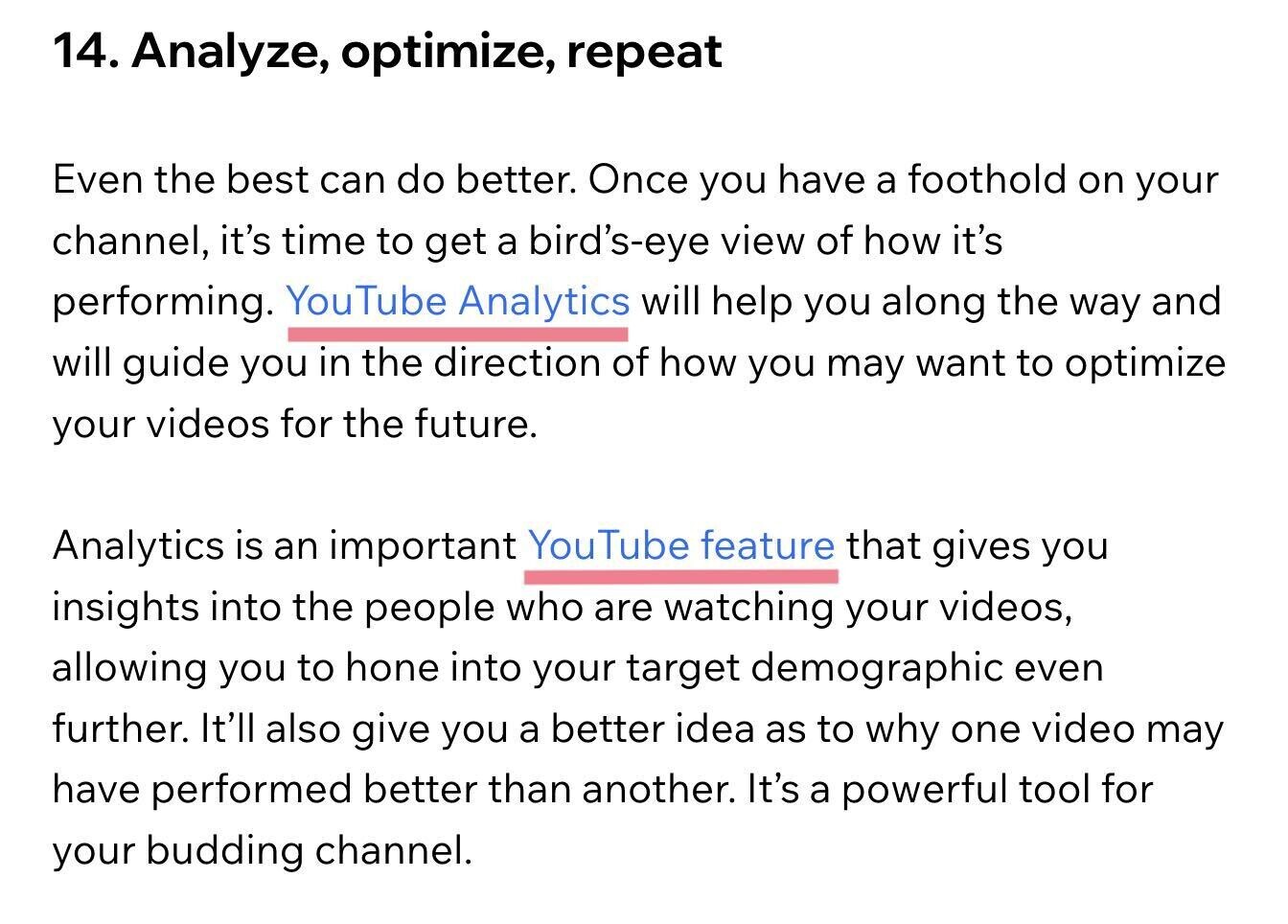
Create Stronger Pillar Pages
Now that you know what pillar pages are, take the next step: Start building your own.
Semrush can help.
Source link : Semrush.com
